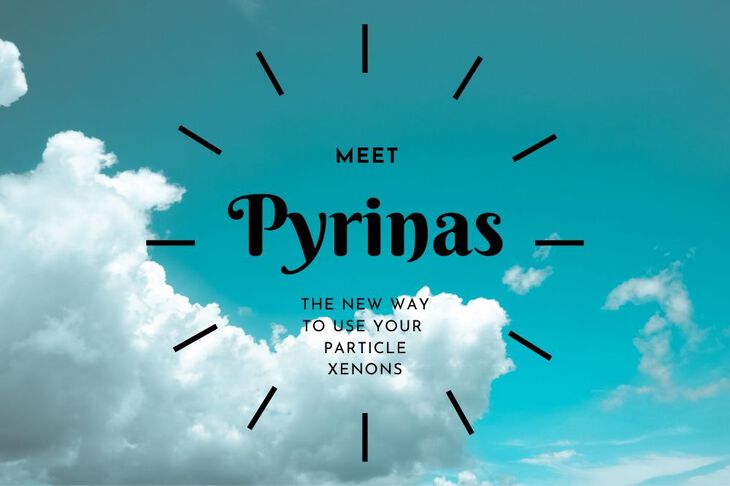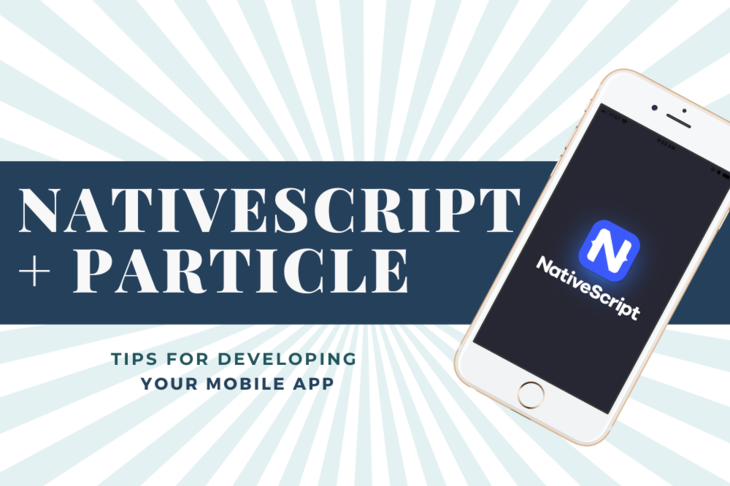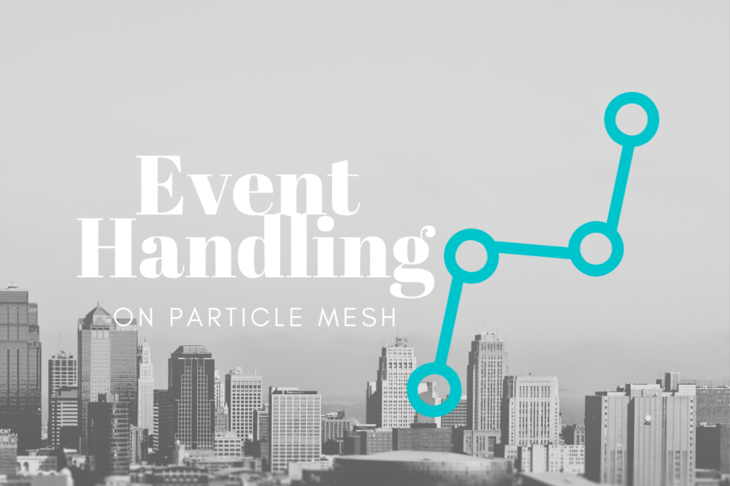
Particle held a Q&A session last week. I listened in and took some notes. I know many of you are upset. I’m not exactly pleased myself.
I digress, here are a few key takeaways and my personal thoughts from the session.
Zach had started with the two main reasons for killing Mesh and the Xenon:
- Some use cases didn’t make sense for all end users. Yes, some customers are very technical. But they’re aiming for it to be a level playing field across all customers.
- The OpenThread developers designed the protocol for home automation and sensing. It was not meant for industrial deployments. Zach discussed one customer trying to use Mesh an industrial refrigerator. The tiny 2.4GHz radios “weren’t enough” to get through.
Jared: Both were reasonable to understand. Yes, mesh can be complex. Yes, there are applications that you shouldn’t use Mesh in. From my perspective, it seemed like a mountain of work to get niche use cases to work. From a business perspective that’s wouldn’t last for very long!
They did want to emphasize that they wanted to improve in these areas:
- OTA
- Diagnostics
- Global LTE (using CAT 1)
- Enabling asset tracking
Jared: While these are great, it’s becoming obvious that they’re focusing on one area of IoT. Industrial tracking and LTE deployments. Nothing is wrong with that. Though it doesn’t serve applications with battery powered sensor nodes very well..
Deprecation Schedule
Jared: While they are deprecating Xenon, they plan on continuing support until June. By December, you will not be able to create new networks. Existing networks will continue to work. If something bricks, you’ll be SOL after that time period. This will hit their customers harder than they think. Expect zero support here and lots of encouragement to switch to “supported hardware”.
Here’s the full schedule broken down from the original blog post:
- March 2020: Device OS release of 1.6 will be the final release to include Particle Mesh support
- June 30, 2020: Technical support via the official support portal for Particle Mesh devices will end; customers may reference community support in the forums
- Dec 31, 2020: ability to set up new mesh networks, or add devices to existing mesh networks will be removed from the mobile app and cloud APIs
- Jan 31, 2021: Network management features (the “networks” page) in the Console will be removed
Re-use of a Xenon
Here’s a few suggestions that they did have for the re-use of your Xenon (I’ve also included my suggestions as well):
- Use as-is with DeviceOS v1.6. (Mesh is removed after v1.6)
- Use with Adafruit’s Circuit Python
- Use Nordic’s SDK (C based)
- Use other RTOS (Real Time Operating Systems) that support the NRF52840. These include:
Other honorable mentions (Not recommended for production)
Technology Recommendations
While Particle Mesh may be dead, here were some recommendations from Particle:
-
Use Bluetooth LE: Support for Bluetooth LE stack will continue on Gen 3 devices. Particle found that many of their customers could use this option. They admitted there’s not many examples or documentation around it though.. (Jared: There is a whole section on Bluetooth in The Ultimate Guide though 😎)
Jared: I’ve personally run some small Bluetooth IoT Deployments with mixed results. As long as your sensor nodes are within reach of your gateway, this is a good option.
The negative? It’s hard to deploy OTA updates. Yes, most Bluetooth nodes these days have the ability to do OTA. Unfortunately, you will have to add OTA “server” capabilities to your gateway (in this case Argon or Boron).
-
LoRA: ISM based (900MHz) technologies have better range. There are also kits from Adafruit (link) that work with the feather form factor. They have no immediate plans of making LoRA a first class citizen though.
Jared: They seemed to push this more despite having done little to no research on the subject. LoRA packets are prohibitively small and require lots of power. So forget about OTA updates.
-
Continue to use OpenThread. OpenThread is the technology behind Particle’s Mesh implementation. Zach had said this is the right option for many. There is a growing community around it here.
Jared: I agree! This is still a viable option for many. It does require a ton more tweaking and understanding though. So if you’re looking for a “simplified” option, you may have to wait until someone does the work for you.
Missing Technology Recommendations
They left the options at that. Which was disappointing. There are some very obvious options that weren’t touched on:
-
Bluetooth Mesh - Zach and Will actively left Bluetooth Mesh out of the discussion. They had side-stepped one of my questions. On purpose? I have no idea. Here’s some background on the technology though:
Bluetooth Mesh works differently compared to OpenThread. There’s actually less overhead using Bluetooth Mesh. This is because every message in the Mesh gets passed to every node until it’s received.
Think of a Bluetooth Mesh message like a ripple in a pond. It starts at the source and propagates in all directions until it hits the edge or an object. In comparison, OpenThread directs messages in an optimized path to a target device.
Another advantage to Bluetooth Mesh is that you can run it on Nordic’s lower end processors. The NRF52832 and the NRF52810/11 being the most notable ones. So if cost is a factor, you may want to consider Bluetooth Mesh.
While this all seems great, Bluetooth Mesh comes with its own complexity:
- Provisioning is a pain
- OTA is tough
I’ve yet to see a successful BLE Mesh deployment. Though I assume they’re out in the wild somewhere!
-
Bluetooth Long Range - Yes, all Generation 3 Particle boards are capable of Bluetooth Long Range. Bluetooth 5 specifies improvements to the receiver and transmitter for longer range operation. Nordic baked those improvements into the NRF52840 (and their newer NRF52 series chips). Here’s a demo video from Nordic when they first released the technology. Here’s another cool demo to give you an idea.
Long Range isn’t the answer to everything though. Long Range has a limited packet size which makes Long Range updates not feasible. (Similar to LoRA) But you can OTA the device if you’re closer with a smart phone using the normal BLE protocols.Long Range may be a viable option depending on your needs. The way it works is by reducing the speed of transmission. Additionally they send the same data frame several times in succession before moving on. That makes it less influenced by noise. Stay tuned on the blog and the mailing list (Are you subscribed?) for more info and test results. -
Zigbee - Yup, Zigbee is still around. Granted it’s used less due to it’s restrictive licensing agreement. It’s still an option that should be considered if you’ve exhausted the above options.
Future Depreciation Plans
Zach and Will also discussed that they are not planning on any future deprecation. That means that all of their older Gen 2 products will continue to work as expected. Then went on to say that “our success is tied to your success”. Then they, knowing it or not, reminded everyone that they’re a venture backed company and they need to grow.
Jared: This is the story if you’re a venture backed company in Silicon Valley. Though this is a business decision on their end, I’m hoping someone comes to fill the huge gap they left in the market.
Future improvements
Attendees asked a few questions about future improvements. Here are the details:
- Ethernet - there are no plans for future ethernet products
- Cat 1 LTE - yes, there are plans for CAT 1 LTE for global deployments
- NB IoT - no, there are no plans for NB IoT at the moment. There hasn’t been much adoption yet from the cellular carriers. (Due to the fact that it requires new equipment to be installed on towers)
Open Source
All of the designs and firmware are open source. Here are the links if you’re interested in checking them out:
It’s honestly hard to adopt their platform because they’ve used LGPL. So for many, starting from scratch or other permissively licensed projects may make more sense.
Compensation
They are giving anyone who bought a Xenon board some store credit. From what I can tell it’s $5 per board up to $100. Personally I have purchased 28 boards and received a $100 credit. I’ll let you decide if that moves the needle for you.
Final Thoughts
I’m sure for many of you this one hour session was not enough. I was mostly frustrated that some subjects were completely ignored. Maybe for strategic reasons? Maybe so their customer support channels don’t get bogged down with questions? I’m not sure. What I can say is that most of us are still in a lurch trying to figure out next steps.
As I continue to figure out my next steps, I’ll keep you up to date here on the blog and especially the mailing list. If you’re not already subscribed, enter your deets below to get on the list.
Last Modified: 2020.3.7



